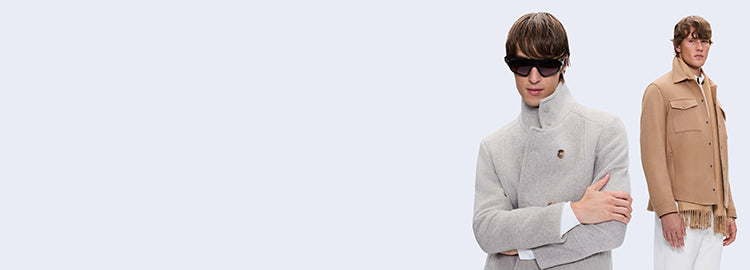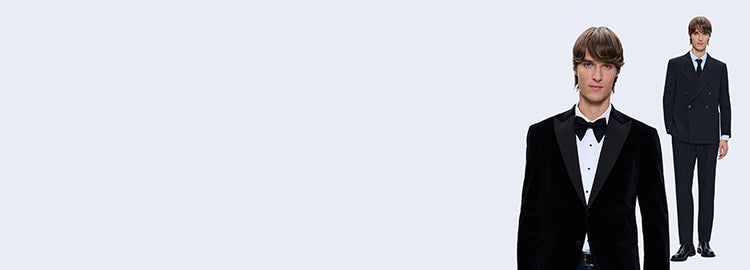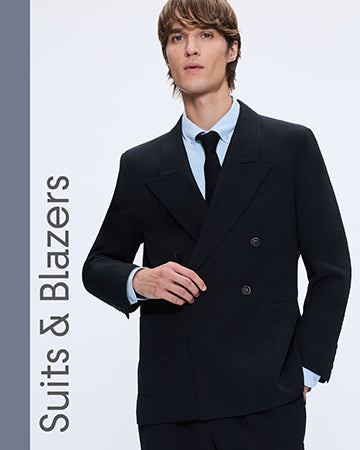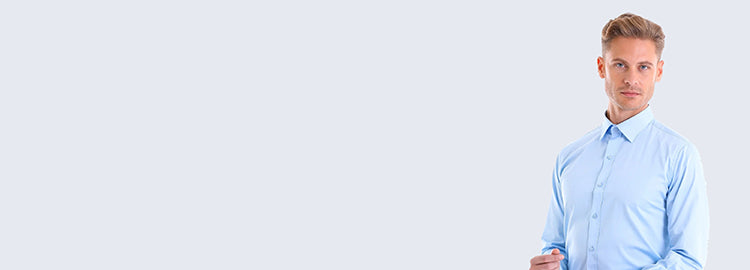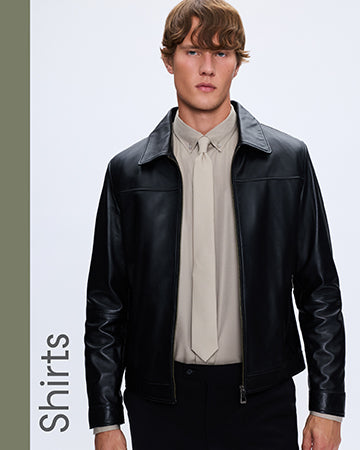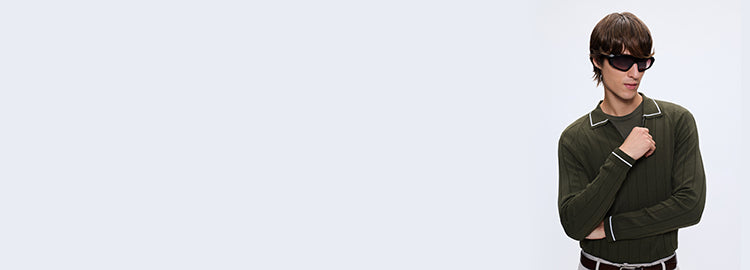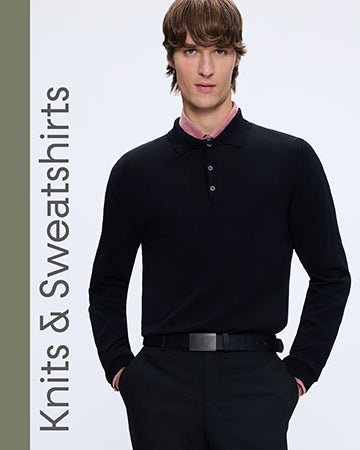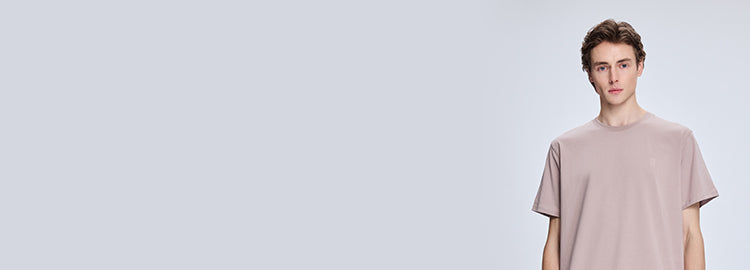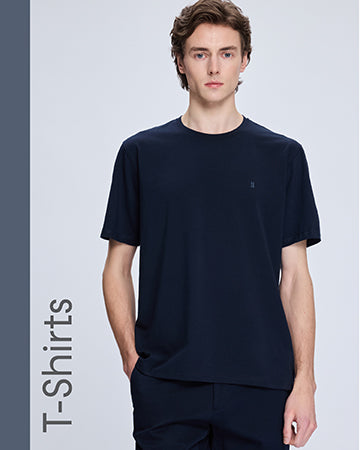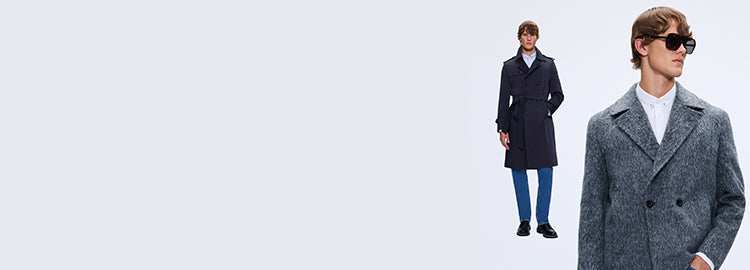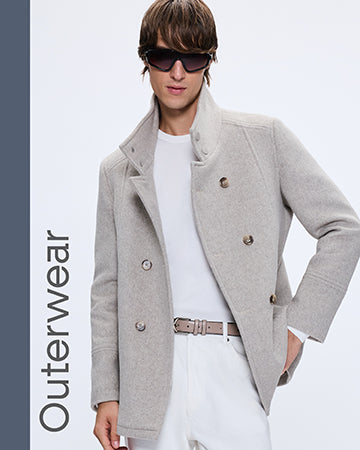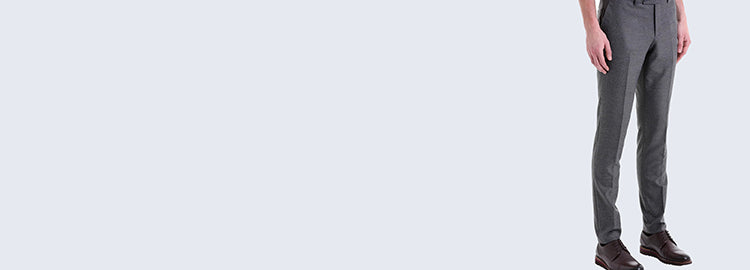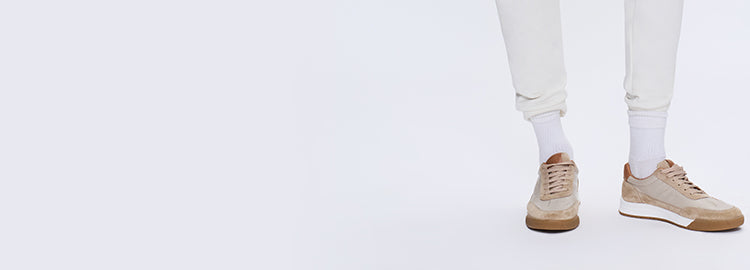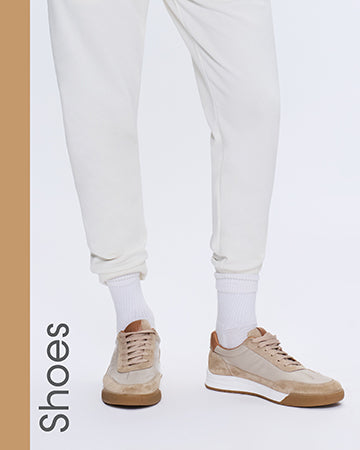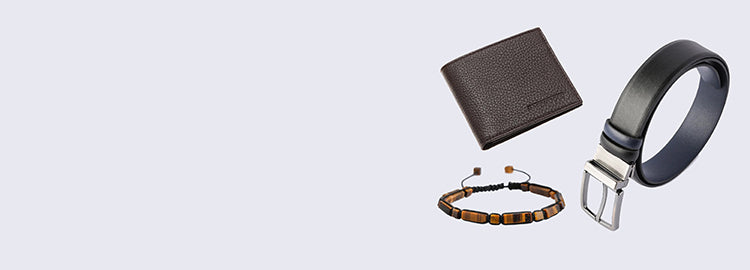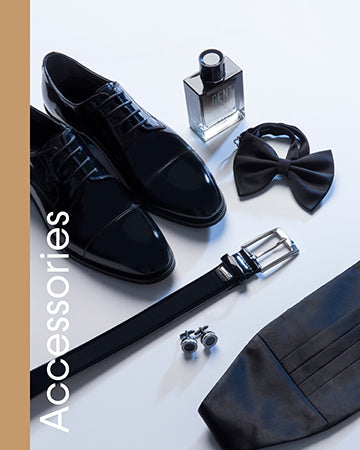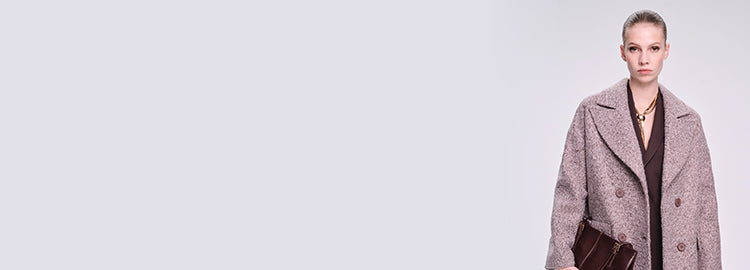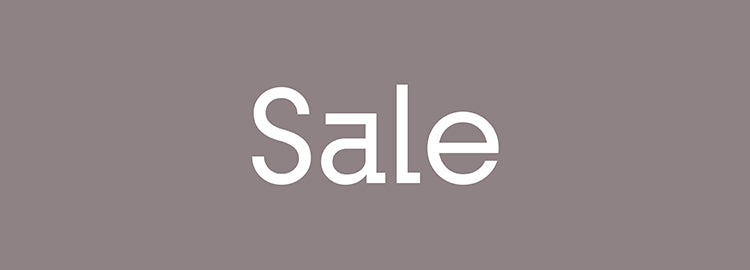Landing that dream job starts before you even walk into the interview room. Your outfit speaks volumes about your professionalism, attention to detail, and respect for the opportunity. Whether you're interviewing at a Wall Street firm or a Silicon Valley startup, knowing how to dress appropriately can give you the confidence boost you need to shine.
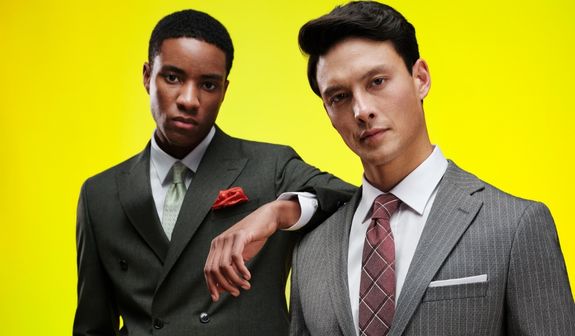
Why Dressing for an Interview Matters
First impressions happen in seconds, not minutes. Research shows that interviewers form opinions about candidates within the first seven seconds of meeting them. Your clothing choices communicate your understanding of workplace expectations and demonstrate that you've put thought and effort into this opportunity.
When you dress appropriately, you're not just following social norms – you're showing respect for the company culture and the people you'll potentially work alongside. A polished appearance also boosts your own confidence, helping you focus on showcasing your skills rather than worrying about whether you look the part.
Understanding Dress Codes
Before selecting your interview outfit, research the company's culture and typical dress expectations. Different industries have varying standards, and what works at a tech startup might be completely wrong for a law firm.
Check the company's website, social media presence, and employee photos on LinkedIn. If possible, visit the office beforehand or ask your recruiter about the dress code. When in doubt, it's better to be slightly overdressed than underdressed – you can always remove a tie or jacket if needed.
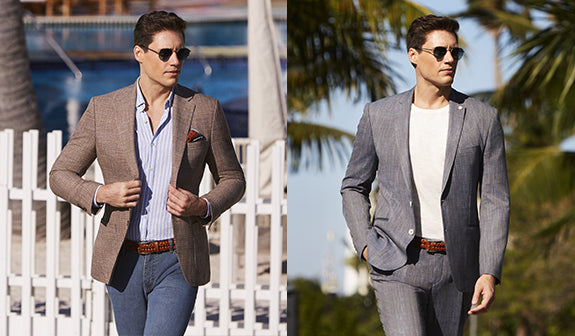
Interview Outfits by Dress Code
Understanding dress codes is just the beginning – now let's break down exactly what to wear for each scenario. The key is matching your outfit to the company's expectations while ensuring you feel comfortable and confident. Remember, your goal is to look like you already belong on the team while maintaining a slightly more polished appearance than everyday office wear.
Business Formal: The Classic Suit
For traditional corporate environments like banking, law, or accounting, a well-fitted classic suit remains the gold standard. A men's business formal outfit typically includes navy blue, charcoal gray, or black in wool or wool-blend fabric.
Pair your suit with a crisp white or light blue dress shirt and a conservative tie in a solid color or subtle pattern. Black or brown leather dress shoes, polished to perfection, complete the look. Don't forget matching leather belt and dress socks that complement your outfit.
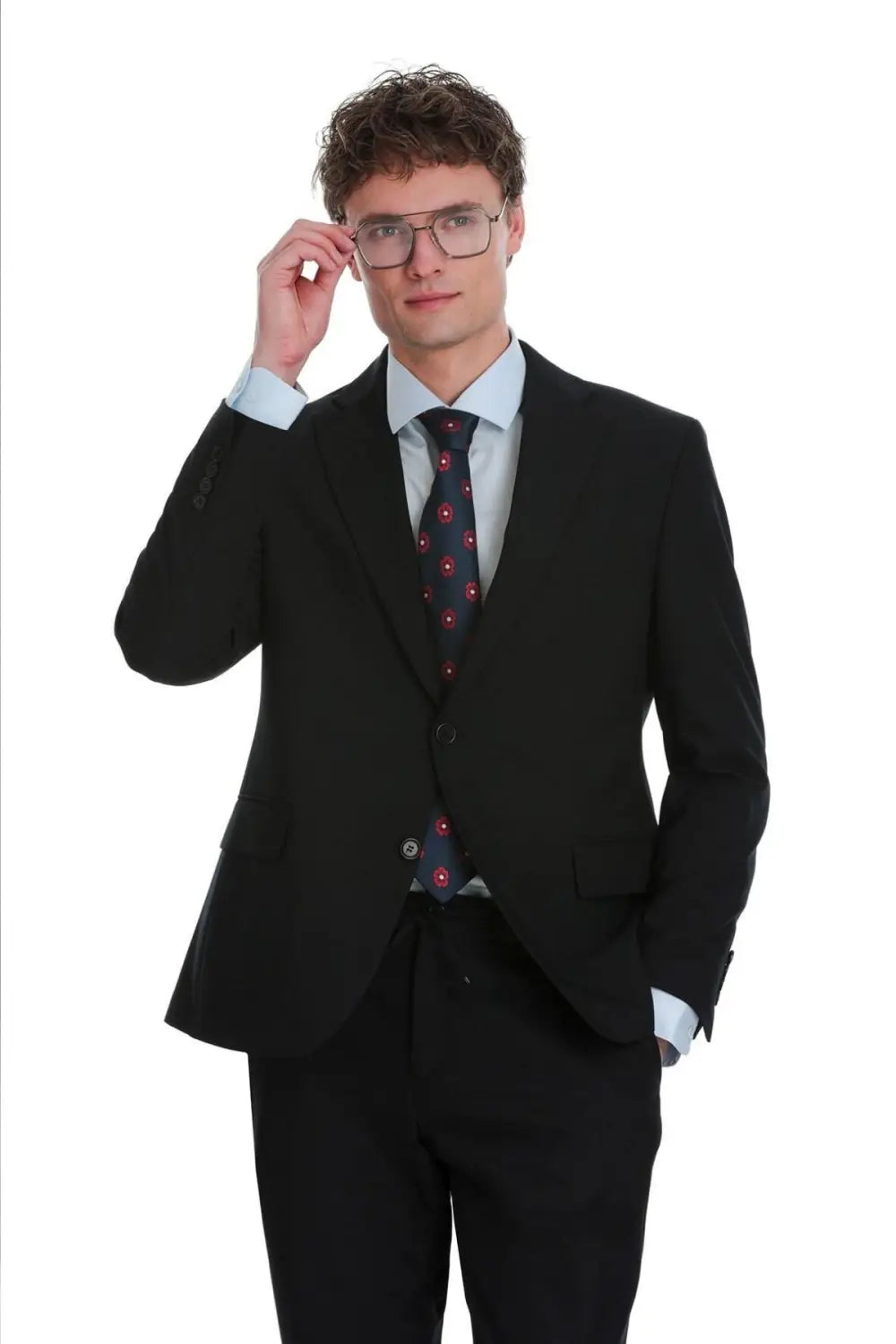
Business Casual: A Polished Yet Relaxed Look
Many modern offices have adopted business casual dress codes, which require a balance between professional and comfortable. Dress slacks in navy, gray, or khaki paired with a button-down shirt create a solid foundation.
You can skip the tie but consider adding a blazer or sport coat for extra polish. Leather loafers, oxfords, or clean dress sneakers work well. This look shows you understand the company's relaxed culture while maintaining professionalism.
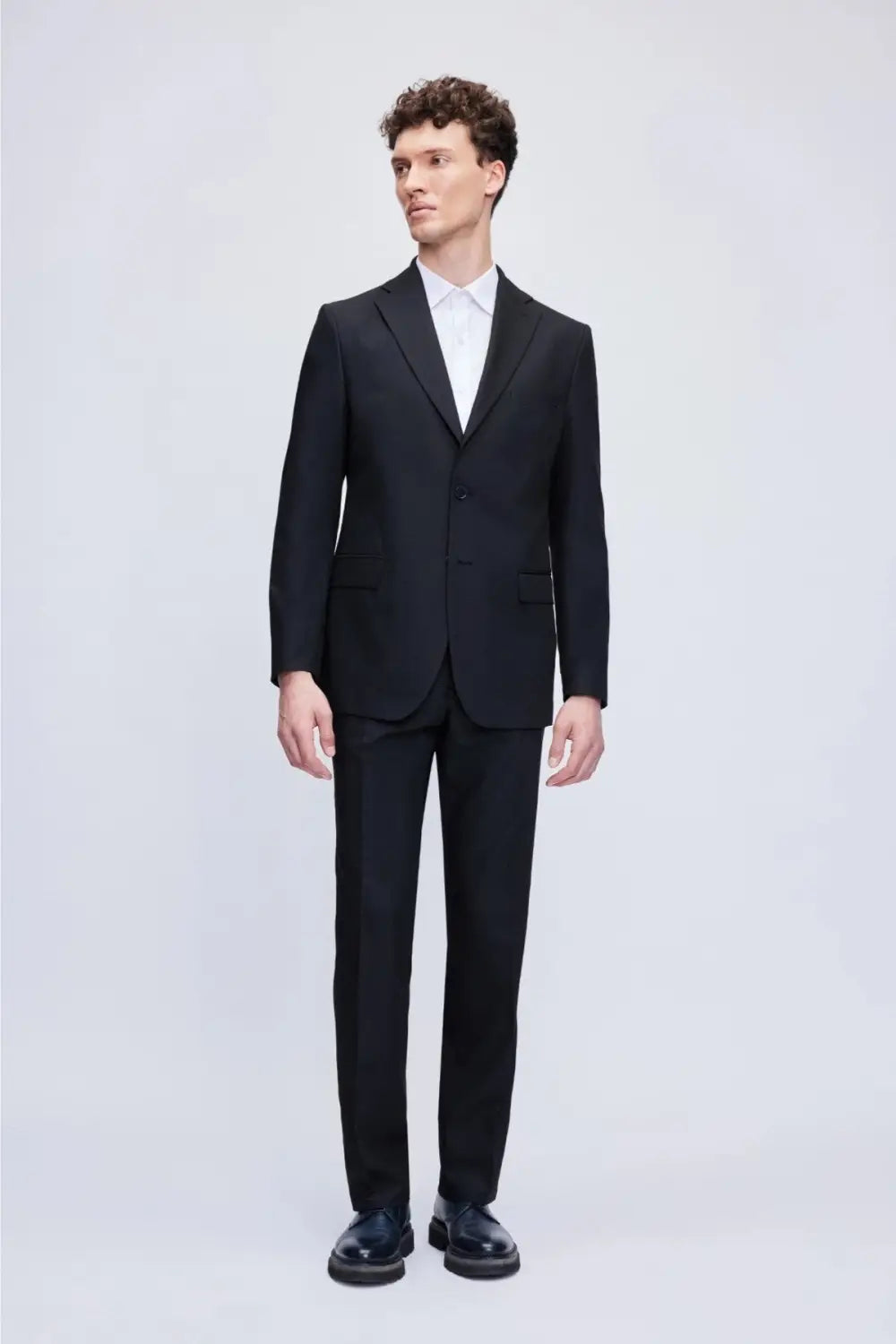
See also : What is Casual Clothing? Business Casual Men's Outfit Combinations
Casual or Creative Industries
Startups, creative agencies, and tech companies often embrace more relaxed dress codes. However, "casual" for an interview doesn't mean weekend wear. Dark jeans or chinos with a nice button-down shirt or polo create an appropriate balance.
Add a lightweight sweater or cardigan if the weather calls for it. Clean, modern sneakers or casual leather shoes work well. The key is looking put-together while fitting into the company's laid-back atmosphere.
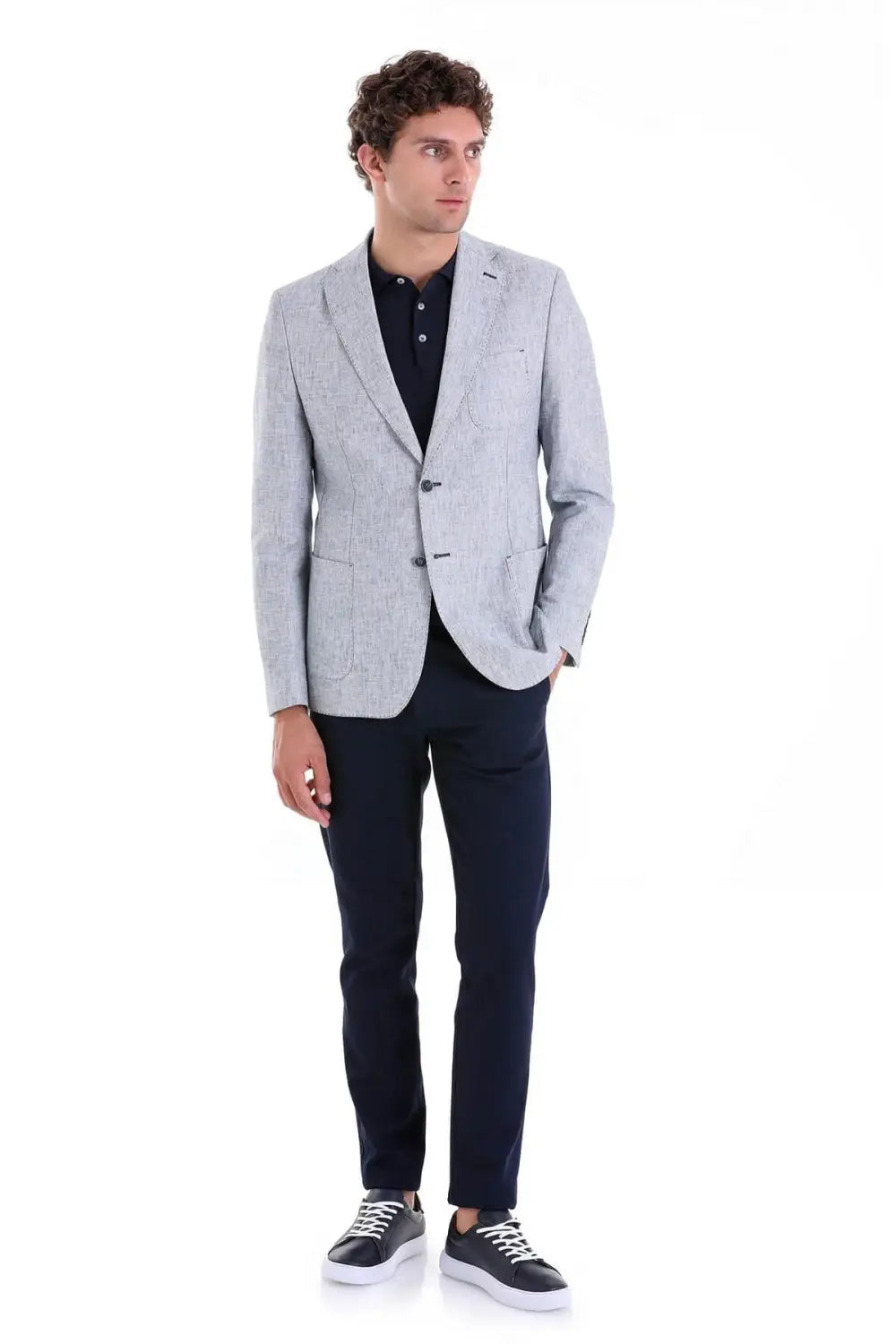
Virtual Interview Attire
Remote interviews require special consideration since only your upper body will be visible. Focus on a professional top – a dress shirt, polo, or sweater in a solid color that contrasts with your background.
Avoid busy patterns or logos that might be distracting on camera. Even though your lower half won't be seen, wearing complete professional attire helps maintain the right mindset and prevents awkward moments if you need to stand up.
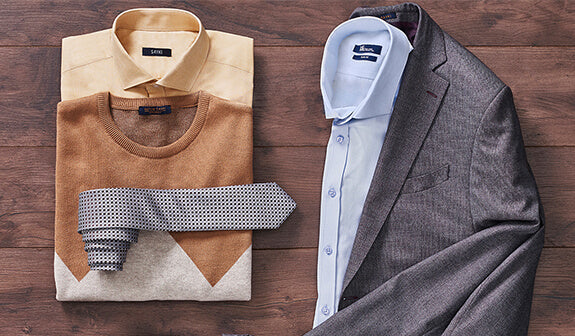
Seasonal Considerations
Summer interviews call for breathable fabrics like cotton or linen blends, but maintain the same level of formality. Lighter colors in dress shirts are acceptable, but stick to classic suit colors.
Winter interviews allow for layering with sweaters, vests, or heavier blazers. Just ensure you can easily remove outer layers when you arrive. Spring and fall offer the most flexibility with medium-weight fabrics and transitional pieces.

